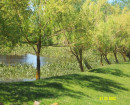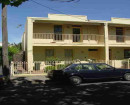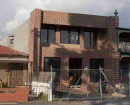FOSSIL BEACH CEMENT WORKS
OFF ESPLANADE MORNINGTON, MORNINGTON PENINSULA SHIRE
-
Add to tour
You must log in to do that.
-
Share
-
Shortlist place
You must log in to do that.
- Download report
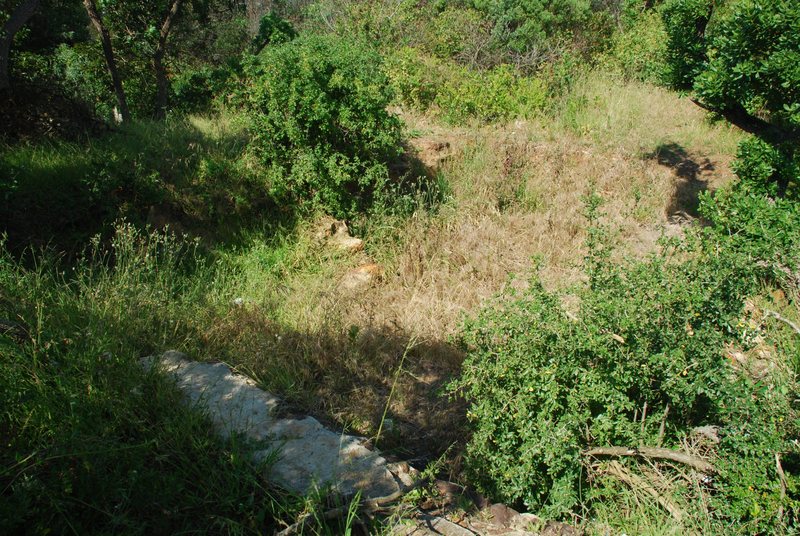

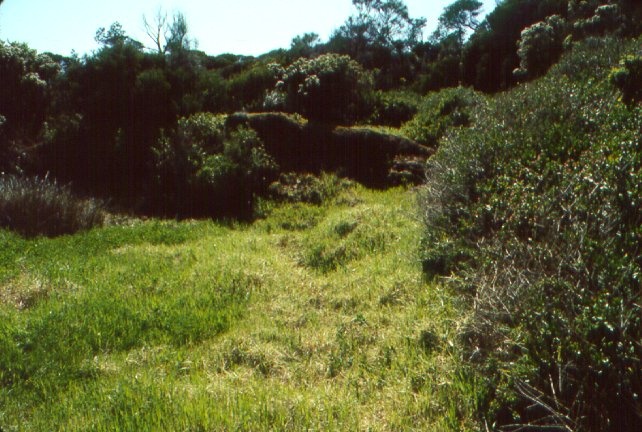
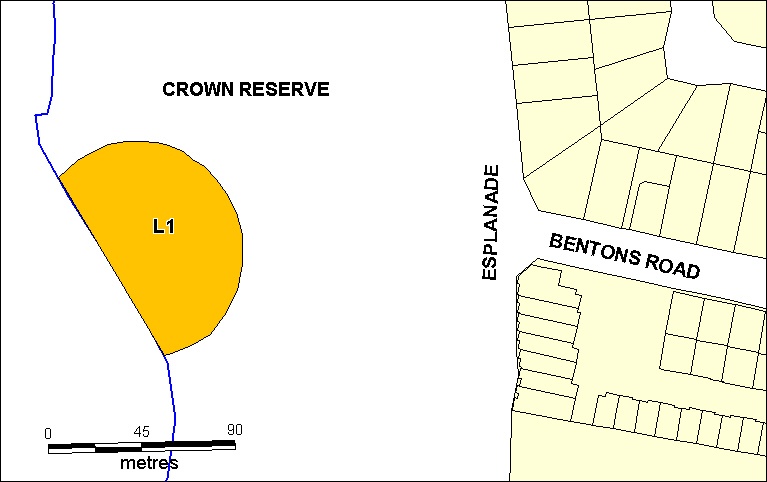
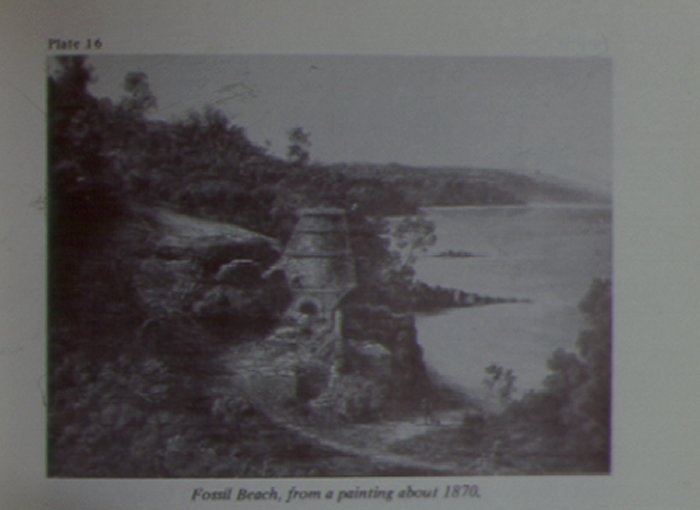
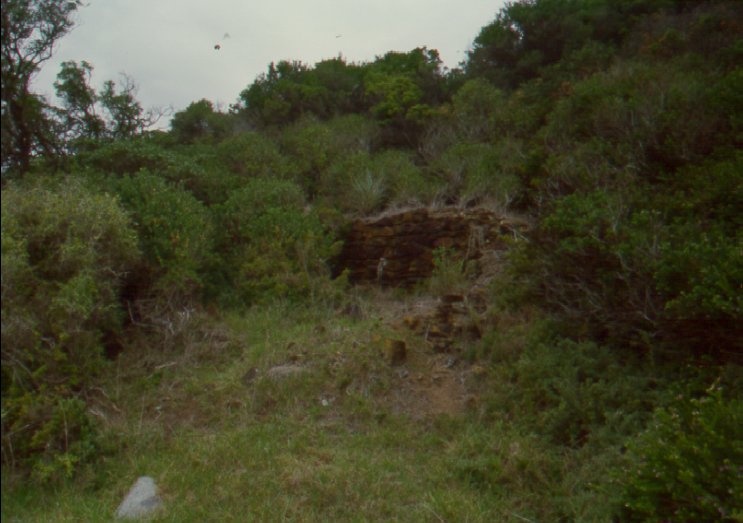
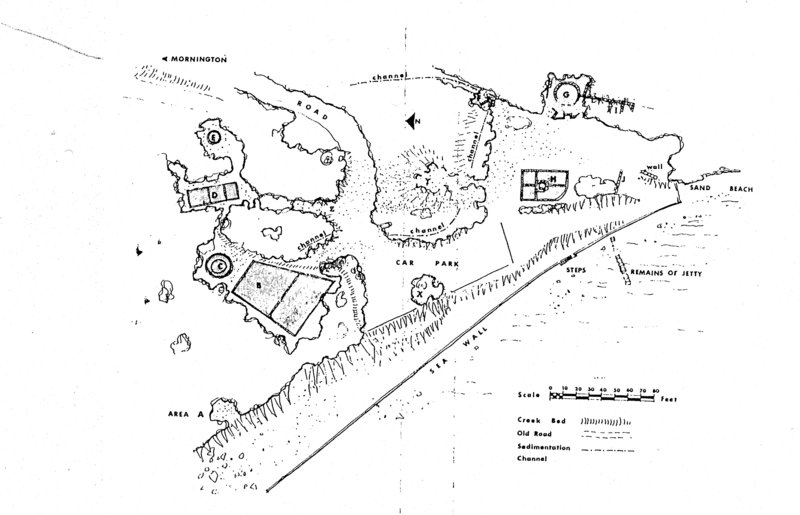
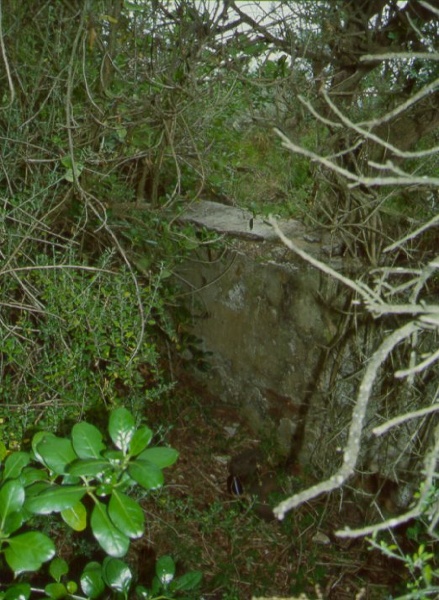
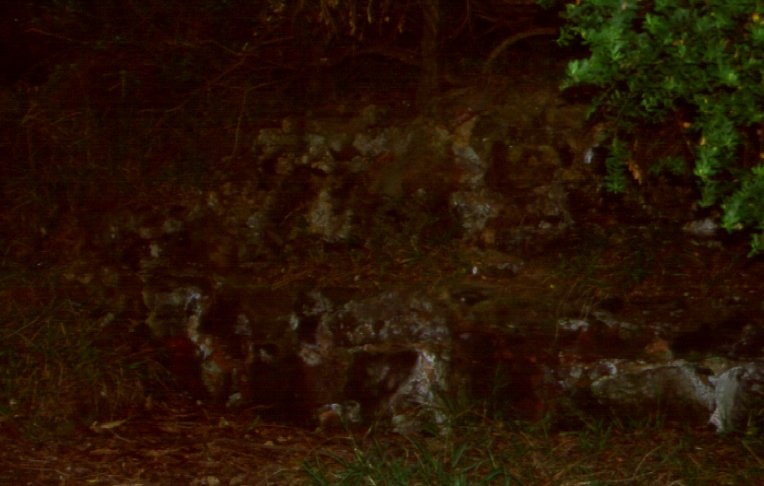
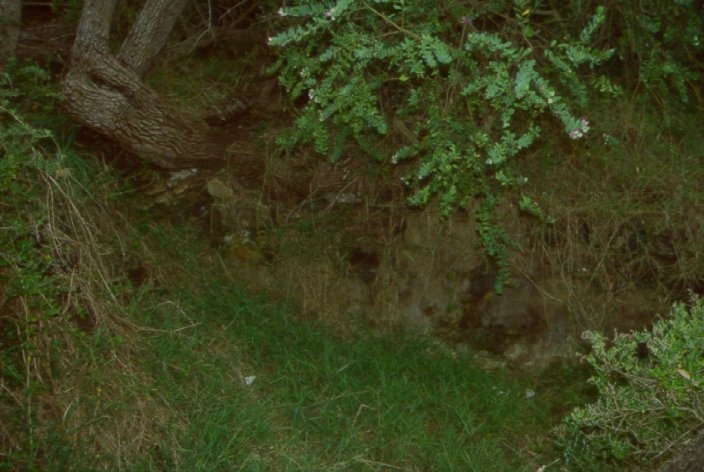
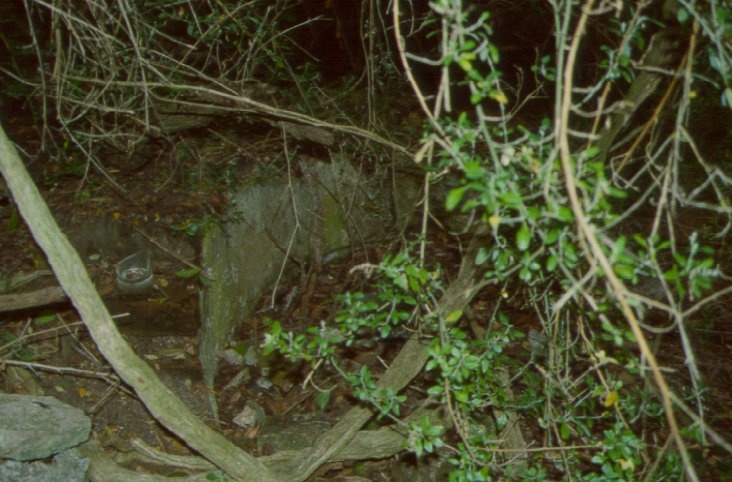
Statement of Significance
In October 1861, an architect, James M Robertson, applied for a patent to manufacture cement from septarian nodules in Victoria. The cement works at Fossil Beach were constructed in 1862 and the company traded as the Patent Septaria Cement Co. This was the first attempt to manufacture Roman (hydraulic) cement in Victoria.
Robertson placed a public notice in the 'Argus' in January 1862, warning that action would be taken against any party removing septaria from the coast of Mornington or south of Geelong without authorisation. He signed the notice as manager of the Patent Septaria Cement Company. In April of that year he called for a series of separate tenders for various projects including machinery supply (a 10-12 horsepower steam engine) and installation, the erection of a kiln and tanks, the erection of a jetty and sheds, and supply of firewood. A loading jetty, built on granite piers, gave access to boats to transport the cement to Melbourne.
The company appears to have been operating successfully by August 1862 and by October a report appeared in the Argus advising that supplies of cement had been placed on the market. Shortly after the Age noted that'The cement has proved itself of excellent quality, is now being used in the erection of the Bank of Victoria, Collins Street and it is expected to supersede importations form England. This is a satisfactory practical development of a new industry.' This, however, was proven to be misplaced optimism as within 12 months the company had failed. The supply of septaria was limited and the process, involving two kiln operations and mechanical grinding, was expensive.
From 1864 Fossil Beach was a destination for excursions by naturalists, geologists and holiday makers, spurred by valuable fossil deposits in the area. In 1879 the Mornington Shire cemented over the lesser kiln for the picnic area. An access road was established in 1927.
The Fossil Beach Cement Works were subject to thorough archaeological excavation during the late 1960s by William Culican and John Taylor. The results of that excavation, together with a comprehensive history of the site were published in 1972. They established that no industrial activity was undertaken after 1863-4, confirming that the physical remains relate to the cement works run by Robertson.
Remnants of the cement works comprise parts of two stone kilns, the larger one having fire bricks from the Christie Wallyford Brickworks, Scotland. There is also the remains of a retaining wall, a working platform and cart track to the top of the kiln, a washing table, and a 3.5m diameter wash mill with connected settling pans. There are also remains of ground tanks, a small well, a boiler housing and numerous channels.
How is it significant?
The site of the Fossil Beach Cement Works is of archaeological and historical significance to the State of Victoria.
Why is it significant?
This site of the Fossil Beach Cement Works has historic significance as the site of the first manufacture of Roman cement in Victoria. The site demonstrates technical innovation, and predates the establishment of successful Portland Cement manufacturing in Victoria by nearly thirty years.
This site of the Fossil Beach Cement Works has archaeological significance for its potential to yield artefacts and evidence relating to the production of Roman cement. The site contains ruined remains of a rare industrial building type. Further archaeological deposits may be extant which can provide additional information regarding both the manufacturing process and of the people who worked there.
This site of the Fossil Beach Cement Works is of historical significance as evidence of the nineteenth century denudation of the Peninsula landscape. In the 1830s she-oaks and banksias dominated the landscape of this area. However these trees proved highly suitable as lime burning fuel, as she-oaks in particular were a reliable, high burning fuel. Denudation of these trees was followed by the growth of the characteristic scrubby undergrowth and tea-trees evident on the Peninsula today.
The site of the Fossil Beach Cement Works is historically significant as the site of the first historical archaeological excavation undertaken in Victoria. William Culican and John Taylor undertook archaeological investigations on this site from 1967 to 1969. Those excavations established the precise location and design of the cement works.
-
-
FOSSIL BEACH CEMENT WORKS - History
Contextual History:
Although the production of hydraulic lime was fairly well established in Victoria in the first half of the nineteenth century, the importation of cement from England (and elsewhere) continued throughout the century (Lewis, 1988: 4). The Fossil Beach Cement Works was an attempt to localise production of a necessary building material. Cement manufacture was not sucessfully undertaken in Australia until the end of the nineteenth century (Cowan, 1998: 81).
History of Place:
In 1861 James M. Robertson, a Melbourne architect and surveyor, obtained a patent to produce Roman (hydraulic) cement from the septaria nodules at Fossil Beach (Culican and Taylor, 1972: 9). By September 1862 the Patent Septaria Cement Company works was completed and production of cement was under way. Unfortunately the Fossil Beach Cement Works were not a success and production of cement ceased by 1864.
The Patent Septaria Cement Company was the only significant Victorian manufacturer of Roman Cement (Lewis, 1988: 4); the beach was formerly known as Cement Beach. Several factors were likely to have been involved in the rapid decline of the Fossil Beach Cement Works. The initial expense of building so substantial a works and the location of the complex directly on top of the septaria deposit may have been contributing factors. The large trenches dug under and around the works demonstrate the degree of work expended to extract the septaria nodules. The process of manufacture was also fairly expensive, involving the operation of two kilns and the mechanical grinding of the burnt septaria. In addition, the supply of raw material was limited and the septaria had too little soluble silica to be used efficiently. The cement trade was stagnant in 1863, due to a minor recession, and it appears that it must have become no longer feasible to continue works at the Fossil Beach Cement Works. It took until 1889 before Portland cement was successfully produced in Victoria by the Australian Portland Cement Company (Cowan, 1998: 81).
Although Robertson’s contribution to the industrial history of Victoria may have been small, the Patent Septaria Cement Company represents a pioneering enterprise in unique circumstances. The company was established well over a decade before other companies produced hydraulic cement in Australia and the locals saw the Septaria Company as the beginning of an industrial revolution for the Mornington Peninsula.
From 1864 Fossil Beach has been a destination for excursions by naturalists, geologists and holiday makers, and has been used as a picnic area since the 1870s. The area surrounding the Cement Works contains valuable fossil deposits which have prompted these visits. In 1879 the Mornington Shire cemented over the lesser kiln for the picnic area. An access road was established in 1927, and a fireplace constructed on the levelled kiln in 1941. A toilet block was built on the site in 1970. In addition to these alterations the Cement Works have been subject to various decay and has become seriously overgrown with vegetation (Graeme Butler & Assoc, 1995: 118).
From 1967 to 1969 William Culican and John Taylor carried out archaeological excavations at the Fossil Beach Cement Works. These excavations were the first historical archaeological investigation undertaken in Victoria. During the investigation the remains of two kilns, a washing table, wash mill, channels, building remains and a loading jetty were excavated. The excavation of the site revealed that the ‘lesser’ kiln was used to burn the nodules of septaria while the larger kiln was used to burn cement bricks after the burnt septaria had been mixed with clay/sand. The excavators also noted that the kilns were similar in plan and scale to those used in Germany in the mid-19th century (1972).
REFERENCES:
Cowan, H.J. 1998. From Wattle & Daub to Concrete & Steel. Melbourne University Press.
Culican, W. and J.Taylor. 1972. Fossil Beach Cement Works, Mornington, Victoria. Refulgence Publishers P/L, Queensland.
Graeme Butler & Assoc. 1995. Shire of Mornington Heritage Study.
Lewis, M. 1988. Two Hundred Years of Concrete in Australia. Concrete Institute of Australia, North Sydney.
More history:
Land Department files for applications for lime burning licences in the parish of Nepean show that the issue of licences was conditional upon an inspection by the Crown Land Ranger. The Ranger checked the boundaries to ensure that any new lime station was an appropriate distance from earlier stations. In 1855 two well-known lime burners, Sullivan and Ford, applied to purchase the freehold of their lime burning sites on which they had already erected homesteads. The request seems to have been refused on the grounds that every lime burner in the area would apply on a similar basis for their own freehold (Context Pty Ltd, Lime Kiln, 7 Merrylands Avenue, Portsea. Report on Conservation Works, p 2).
Summarised from Jane Harrington , “An archaeological and historical overview of limeburning in Victoria”, Heritage Council 2000, pp 24-26:
The limestone resource on the Mornington Peninsula was utilised as early as the Collins’ Settlement of 1803. The remains of limestone chimneys and a powder magazine built by the Collins party was still evident in 1835 when John Pascoe Fawkner returned to the site.
The first lime burners following settlement of Port Phillip were reputedly two men by the names of Kenyon and Rowley. They set up bush kilns in the late 1830s. The first recorded permit was to a Mr Berry in 1839. In the 1840s limeburning became the principle Peninsula industry, ahead of grazing, cropping and fishing. Settlements closely followed the location of the lime kilns.
Due to the geology of the stone, limestone quarrying on the Peninsula was characterised by shallow lenses quite unlike the deep quarry pits in other areas such as Sale and Lilydale. Fuel for the kilns required massive amounts of timber, principally banksias and she-oaks. The demand rapidly denuded the landscape of trees, and in 1853 the government declared that firewood could only be gathered for limeburning purposes. The stripping of timber made an ecological impact on the Peninsula, changing it to a landscape dominated by scrubby undergrowth, principally of Coastal Tea-trees.
In 1841 there were five recorded kilns on the Peninsula between Rye and Portsea. By 1845 there were seventeen kilns at the Heads. A flotilla of schooners transported the bagged lime up to the Yarra wharves, making the return trip in about two weeks, returning with coke fuel for the kilns plus building materials. In 1849 the fleet comprised twenty-five vessels, served by a purpose built dock on the Yarra wharves. In the 1860s there were more than forty vessels involved in the trade. Jetties on the Peninsula were constructed at Portsea in 1860 (by Ford), at Rye in 1860 (by Campbell) and Sorrento in 1874. The large fleet provided an effective and reliable means of communication between the Peninsula and Melbourne.
In 1852 six leases were withdrawn on land chosen for the new Port Nepean Quarantine Station. These leases were held by Daniel Sullivan, Robert White, William Devine, James Ford and H G Cameron. William Cannon was also forced to move to the boundary line of the new station.
By the mid-1850s limeburning activity was focussed at Rye. Larger commercial kilns were owned by local pastoralists such as Ford, Cain and Cairns and Melbourne lime merchants including Devine, Cameron, Wischer and Blair. At least twenty kilns were located in the Rye area in 1857. By 1891 there were just six. The industry was badly effected by limeburning at Lara, Geelong and later Walkerville. Limeburning on the Peninsula petered out just after the First World War.
(Jane Harrington , “An archaeological and historical overview of limeburning in Victoria”, Heritage Council 2000, pp 24-26)
In 2000, only twelve kilns, plus the archaeological remains of the Roman cement works at Fossil Beach, survive as evidence of the lime burning industry on the Mornington Peninsula.
Associated People: The Fossil Beach Cement Works were constructed for James M. Robertson, a Melbourne architect and surveyor.FOSSIL BEACH CEMENT WORKS - Assessment Against Criteria
Criterion A
The historical importance, association with or relationship to Victoria's history of the place or object.
The Cement Works at Fossil Beach was the first Roman (or hydraulic) cement manufacturing works in Victoria, and reflected an attempt to localise the production of building materials.
The Fossil Beach Cement Works is also the site of the first historical archaeological excavation undertaken in Victoria. The investigation by William Culican and John Taylor, from 1967 to 1969, demonstrated the ability of archaeological information to provide facts regarding a site not recorded in written histories.
Criterion B
The importance of a place or object in demonstrating rarity or uniqueness.
The Cement Works at Fossil Beach is the only extant site of manufacture of Roman cement in Victoria.
Criterion C
The place or object's potential to educate, illustrate or provide further scientific investigation in relation to Victoria's cultural heritage.
Criterion D
The importance of a place or object in exhibiting the principal characteristics or the representative nature of a place or object as part of a class or type of places or objects.
Criterion E
The importance of the place or object in exhibiting good design or aesthetic characteristics and/or in exhibiting a richness, diversity or unusual integration of features.
Criterion F
The importance of the place or object in demonstrating or being associated with scientific or technical innovations or achievements.
The Fossil Beach Cement Works, as the first to manufacture Roman cement in Victoria, represent a technical innovation in Victoria.
Criterion G
The importance of the place or object in demonstrating social or cultural associations.
The archaeological excavation of the Fossil Beach Cement Works is significant in demonstrating a change in attitudes towards Australian culture, by focusing for the first time on a Victorian site for an archaeological investigation.
Criterion H
Any other matter which the Council considers relevant to the determination of cultural heritage significanceFOSSIL BEACH CEMENT WORKS - Permit Exemptions
General Exemptions:General exemptions apply to all places and objects included in the Victorian Heritage Register (VHR). General exemptions have been designed to allow everyday activities, maintenance and changes to your property, which don’t harm its cultural heritage significance, to proceed without the need to obtain approvals under the Heritage Act 2017.Places of worship: In some circumstances, you can alter a place of worship to accommodate religious practices without a permit, but you must notify the Executive Director of Heritage Victoria before you start the works or activities at least 20 business days before the works or activities are to commence.Subdivision/consolidation: Permit exemptions exist for some subdivisions and consolidations. If the subdivision or consolidation is in accordance with a planning permit granted under Part 4 of the Planning and Environment Act 1987 and the application for the planning permit was referred to the Executive Director of Heritage Victoria as a determining referral authority, a permit is not required.Specific exemptions may also apply to your registered place or object. If applicable, these are listed below. Specific exemptions are tailored to the conservation and management needs of an individual registered place or object and set out works and activities that are exempt from the requirements of a permit. Specific exemptions prevail if they conflict with general exemptions. Find out more about heritage permit exemptions here.Specific Exemptions:General Conditions:
1. All exempted alterations are to be planned and carried out in a manner which prevents damage to the fabric of the registered place or object.
2. Should it become apparent during further inspection or the carrying out of alterations that original or previously hidden or inaccessible details of the place or object are revealed which relate to the significance of the place or object, then the exemption covering such alteration shall cease and the Executive Director shall be notified as soon as possible.
3. If there is a conservation policy and plan approved by the Executive Director, all works shall be in accordance with it.
4. Nothing in this declaration prevents the Executive Director from amending or rescinding all or any of the permit exemptions.
5. Nothing in this declaration exempts owners or their agents from the responsibility to seek relevant planning or building permits from the responsible authority where applicable.
Permit Exemptions
1. Fire suppression controls
2. Public safety measures
3. Land care maintenance
4. Erosion and salinity control
5. Weed and vermin control
6. Toilet block maintenance and repair
7. Track and seawall maintenanceFOSSIL BEACH CEMENT WORKS - Permit Exemption Policy
The purpose of the permit exemptions is to allow works that do not impact on the significance of the place to occur without the need for a permit.
Fossil Beach is an archaeological site (Heritage Inventory 7921-0021). It is important that works that may impact on the surviving above ground structures or below ground archaeological deposits are subject to the permit process. Works that do not impact below ground deposits or above ground remains are permit exempt.
-
-
-
-
-
FOSSIL BEACH CEMENT WORKS
 Victorian Heritage Register H1929
Victorian Heritage Register H1929 -
FOSSIL BEACH CEMENT WORKS
 Victorian Heritage Inventory
Victorian Heritage Inventory
-
'CARINYA' LADSONS STORE
 Victorian Heritage Register H0568
Victorian Heritage Register H0568 -
1 Alexander Street
 Yarra City
Yarra City -
1 Botherambo Street
 Yarra City
Yarra City
-
-




